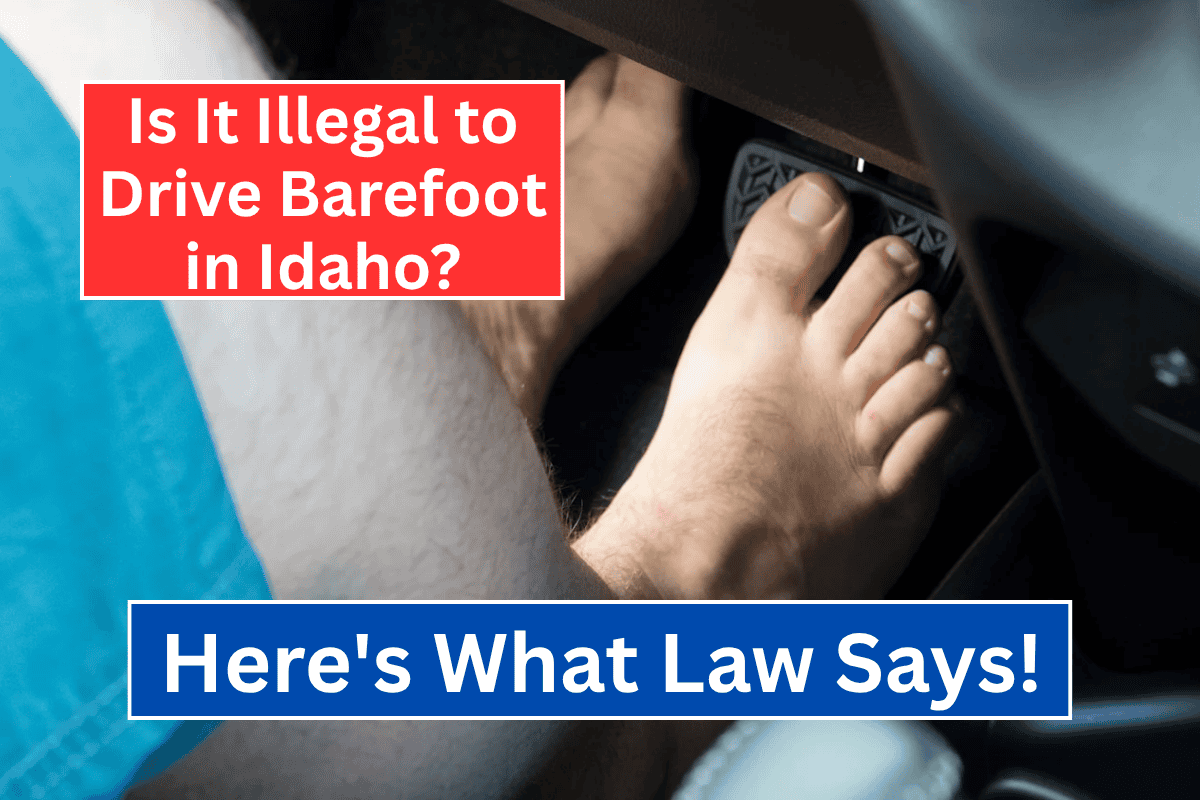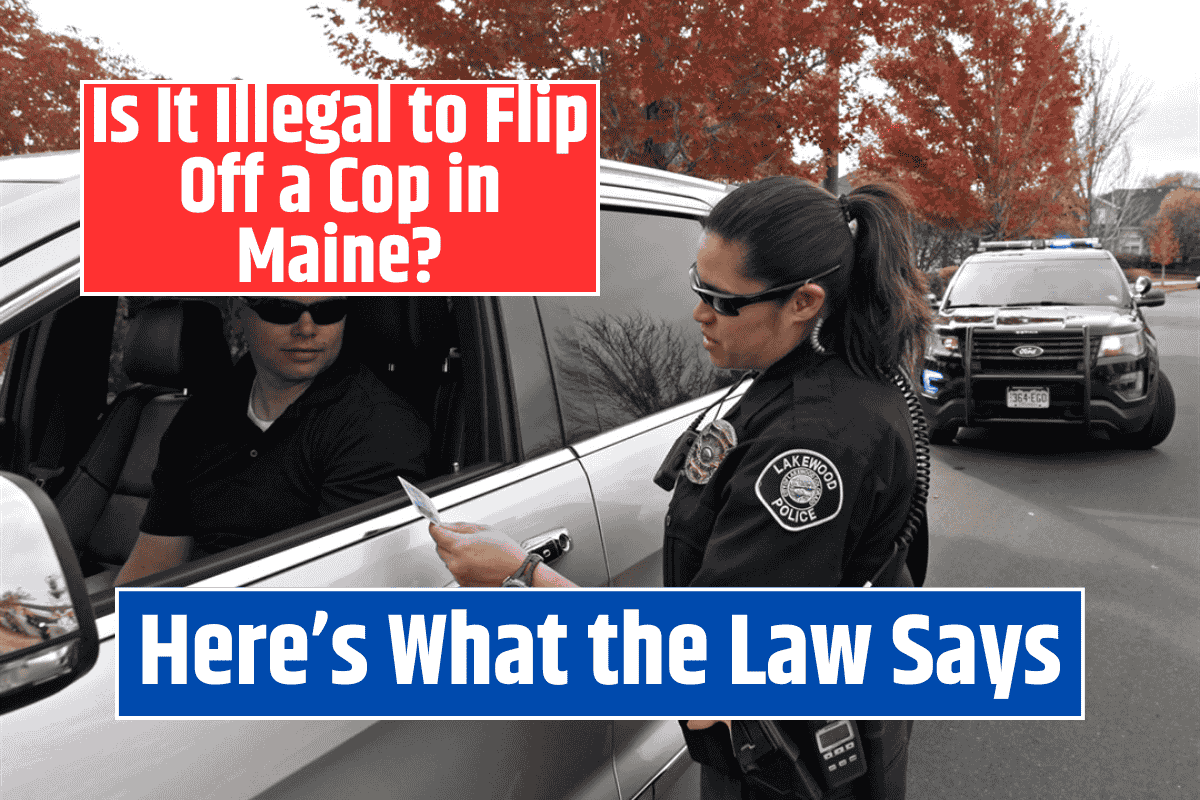Have you ever heard someone say that driving without shoes could get you in trouble with the law? Many people are puzzled by this idea, so let’s clear up the truth: driving barefoot is legal in all 50 states, including Idaho!
However, there are some important safety concerns and things you should know before you hit the road without footwear.
The Short Answer: No, It’s Not Illegal
Here’s the good news: It is not illegal to drive barefoot in Idaho or anywhere else in the U.S. There are no laws that specifically prohibit driving without shoes, whether you’re in Idaho, California, Texas, or Florida. So, if you’ve ever been told it’s illegal to drive barefoot, you can safely ignore that myth!
But just because it’s legal doesn’t mean it’s always a good idea. Let’s dive into why it might be a better choice to wear shoes when driving.
Safety Concerns with Barefoot Driving
While driving barefoot isn’t illegal, it may not always be the safest option. Let’s explore why:
Lack of Grip and Control
When you drive barefoot, your feet don’t have the same traction as they would with shoes. Shoes help you maintain a better grip on the accelerator, brake, and clutch pedals. Without shoes, your feet can slip off the pedals, especially in an emergency situation, which could make it harder to control your vehicle.
Increased Risk of Injury
If you’re involved in an accident while driving barefoot, your feet are more exposed to injury. Without shoes, you’re at risk of getting cuts, bruises, or worse from broken glass, sharp metal, or other debris.
Driving in Extreme Conditions
- Hot Surfaces: If you’re driving on a hot day, the pavement can get really hot. Without shoes, your feet could get burned, making it painful to drive or react quickly in an emergency.
- Icy Roads: If it’s cold and icy, driving barefoot could lead to frostbite or slipping. Shoes help provide warmth and traction, which are important for staying safe in winter conditions.
- Rough Terrain: Driving on rough or uneven terrain can be painful and dangerous if you’re barefoot. Shoes protect your feet from sharp objects and can help you move more safely in tough situations.
What About Sandals or Flip-Flops?
Just like driving barefoot, there’s no law against driving in sandals or flip-flops. However, these types of footwear can also make driving difficult and dangerous.
Loose or floppy shoes can get stuck under the pedals, which can cause you to lose control of your car. While it’s not illegal, wearing secure shoes is safer and gives you better control.
What Do Insurance Companies Think?
Even though driving barefoot is legal, it can affect how your insurance company handles a claim if you’re in an accident. Some insurers may argue that driving barefoot shows carelessness or a lack of caution. In some cases, this could lead to a lower payout or even denial of your claim.
It’s a good idea to check with your insurance provider about their stance on barefoot driving before you decide to drive without shoes.
Do’s and Don’ts of Driving Barefoot
Do:
- Check with your insurance company to see how they feel about barefoot driving.
- Wear shoes if you’re driving in conditions that may require sudden stops or quick reactions.
Don’t:
- Assume driving barefoot is always safe.
- Forget to prioritize your safety. If you’re not comfortable driving barefoot, just put on some shoes!
Should You Drive Barefoot?
While it’s legal to drive barefoot in Idaho and across the U.S., it’s not always the safest choice. Driving with proper footwear helps improve control, comfort, and safety, especially in emergencies. If you do decide to drive barefoot, be aware of the risks and always prioritize safety.












